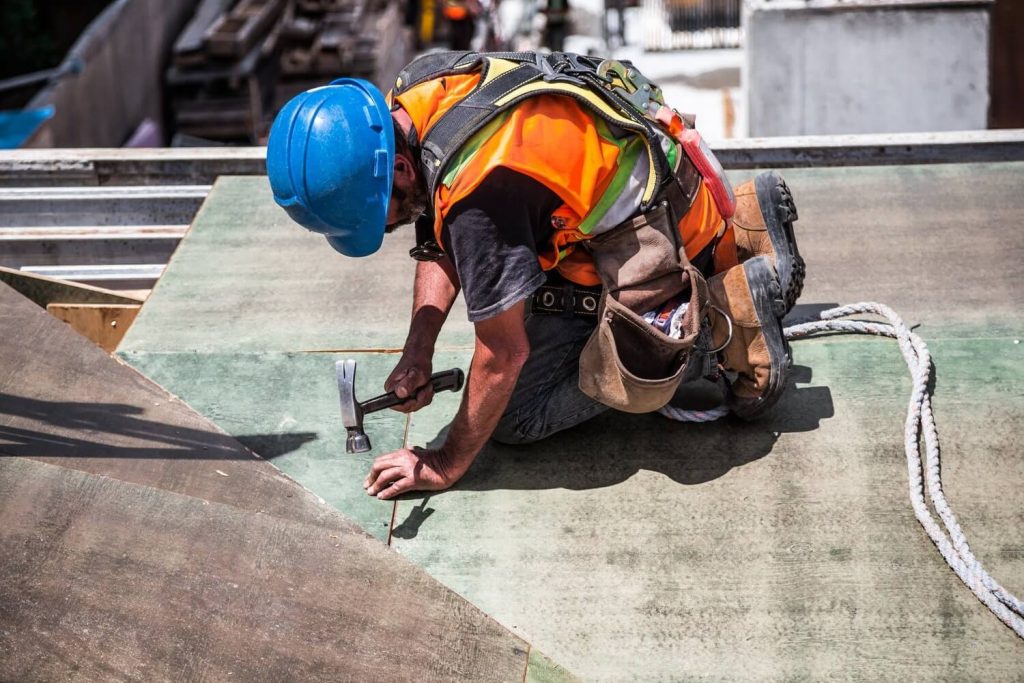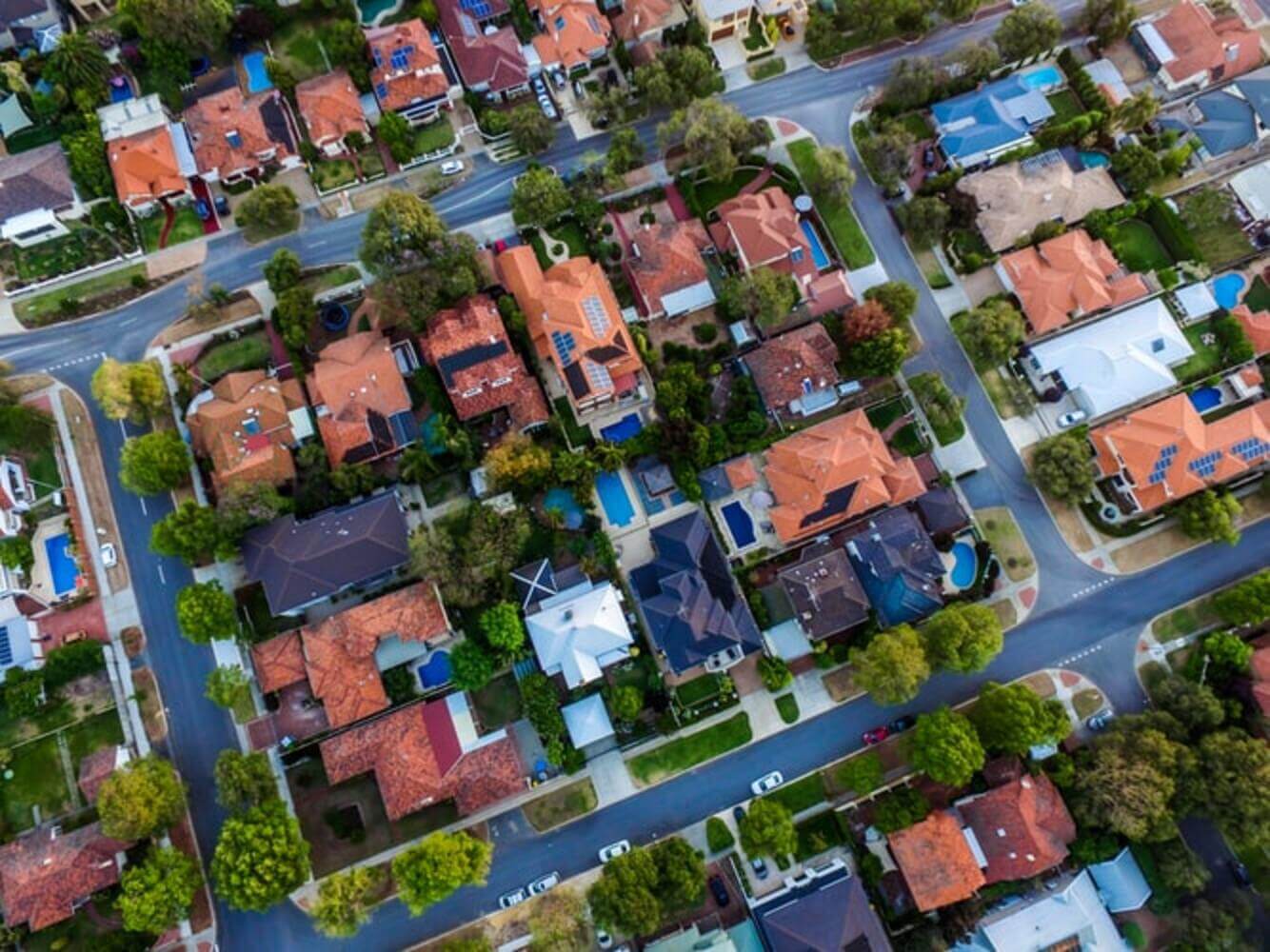Have you been considering settling down in San Antonio, Texas? If so, then this post is perfect for you! Alamo City offers some of the best housing options in the United States. Whether it’s your first home or not, building one will always be an overwhelming experience. You will have to worry about the planning, materials, and, more importantly, the amount you’ll have to spend. To help get started, here’s everything there is to know about the costs of erecting a home in San Antonio.
Average Home Sale vs. Average Home Building Cost
Housing prices might be on the rise, but San Antonio remains one of the most affordable places to live in the country. According to Zillow, the median home price sits only at $221,886, much lower than the U.S average of $269,039. In light of this, Alamo City also boasts one of the cheapest places to build a home, with the average cost of a custom project being only $400,000. This figure can go higher or lower, depending on many factors.
Factors That Affect Home Building Costs
Several factors can affect the cost of building a house. Some are general market trends, while others are specific to your project. Understanding how each one affects your home project will help you save money without compromising the quality of the final product.
Price of the Materials
With Earth’s population going up, materials now cost more than they did a century ago because of the competition. People have varying perceptions when it comes to how much they’re going to spend. Some believe that they will save money by planning everything independently, while others prefer an expert’s opinion to avoid purchasing bad-quality materials. That said, the price can be influenced by factors such as location, the manufacturing company itself, quality, and shipping method. The bottom line is, understand that cheap materials often end up costing you more in the long run. Why? Because they tend to break apart easily, especially if they were used on critical structural elements like walls or foundations.
Labor Costs
Next to materials, labor is another essential factor to consider. It often accounts for more than one-third of the total cost of building a house. Some labor costs are fixed, while others depend on how many workers are needed to complete the job. The amount of time it takes to build a home also has an impact on the overall price. Much of the rates highly depend on the skills of the people involved. Seasoned construction workers, carpenters, masons, or electricians demand higher hourly rates. On the bright side, they may work fewer hours than unskilled laborers who may be needed to do repetitive tasks or produce haphazard work.

The Geography of the Construction Site
Face it. Some areas are more challenging to build a house on than others. Whether it’s a site with extreme slopes (making drainage difficult), far away from civilization, or hard-to-get materials, the cost of building will vary based on geographical location.
The Difference in Materials Used
Many homes share similar floor plans and designs but require different amounts of materials to construct them. For instance, a house made of brick would be more expensive than one built primarily out of wood or cement.
Complexity and Depth of the Design
If you need lots of upgrades like custom-built cabinets, secret rooms, or a more advanced heating system such as radiant heat, your house will cost more to build. Large windows and skylights make for attractive additions, but they also add to the price tag. The outside surface of your future house, like siding and roofs, also plays a huge factor in the price. Some of the most popular exterior facades include wood, fiber cement, stone veneer, and steel. If you’ve got the budget, wood definitely provides a stunning finish. And if you want to avoid the hefty maintenance costs that come with it, CLAD Siding suggests opting for engineered wood and painting it to match your style.

Building Requirements
Regulations and standards for building a house vary from city to city. The level of regulation also impacts building costs, as it requires additional expenses such as paying professional fees and complying with local ordinances. Refer to San Antonio’s building codes for a list of zoning restrictions, limitations on the size of buildings and homes, design enhancements, parking requirements, etc.
Size of the Project
This one should be obvious. A bigger building requires more labor and materials than a smaller one. Meanwhile, a house that is 100% custom-designed, where every brick, tile, and piece of wood has been chosen individually, is going to be more expensive to build than a conventional-style home with standard options.
Conclusion
The approximate building costs mentioned in this article are just a guide to help you get started. Just remember this: your house will only be as good as the materials and the people that build it. Consider your options, and don’t skimp on important factors that contribute to your future home.

